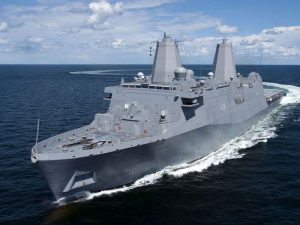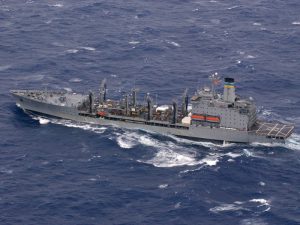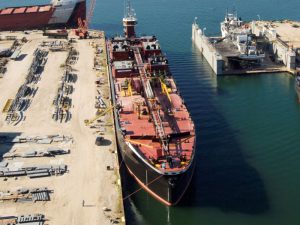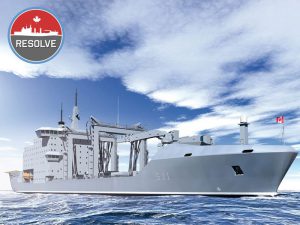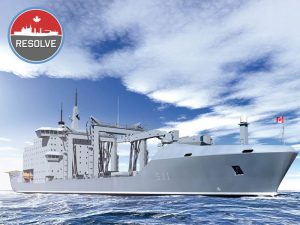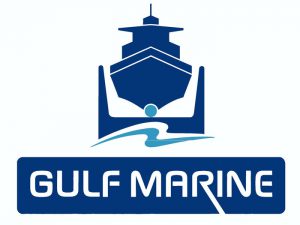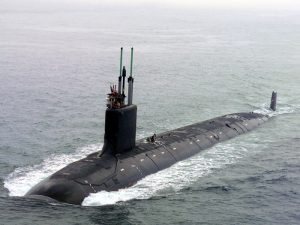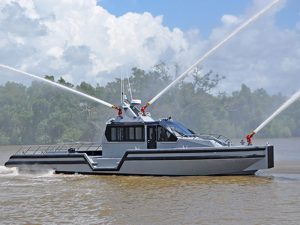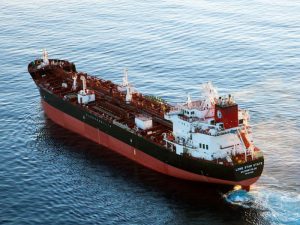
GD NASSCO delivers first ECO tanker to APT
The Jones Act tanker is the first of a five-tanker contract between NASSCO and APT, covering design and construction of five 50,000 deadweight-ton, LNG-conversion-ready product tankers with a 330,000 barrel cargo capacity.
In addition to being LNG conversion ready, the 610 ft long ECO class tankers are a new “ECO” design, offering significantly improved fuel efficiency and the latest environmental protection features including a Ballast Water Treatment System.
Helping achieve the fuel savings are a G-series MAN Diesel & Turbo ME slow-speed main engine and an optimized hull form.
“The delivery of this new vessel symbolizes the future of American shipping: innovative, cost-effective, and green. The Lone Star State, along with the four others we are currently building for APT, will be among the most fuel-efficient and environmentally-friendly tankers—anywhere in the world,” said Fred Harris, president of General Dynamics NASSCO. “These tankers are 33 percent more fuel efficient than the previous five tankers built by NASSCO for APT. We are proud to be leading the charge in building these next generation of tankers.”
Between 2007-2010, NASSCO built five similar State Class product tankers for APT.”We are very excited to be taking delivery of the Lone Star State. This state-of-the-art tanker is a welcome addition to our growing fleet and will provide safe, reliable and efficient transportation service to our customers for many years to come,” said Robert Kurz, vice president of Kinder Morgan Terminals and president of American Petroleum Tankers. “We thank NASSCO for their tremendous support in achieving this important milestone.”
The ships have designed by DSEC, a subsidiary of Daewoo Shipbuilding & Marine Engineering (DSME) of Busan, South Korea. The design incorporates improved fuel efficiency concepts through several features, including a G-series MAN Diesel & Turbo ME slow-speed main engine and an optimized hull form. The tankers will also have the ability to accommodate future installation of an LNG fuel-gas system.
